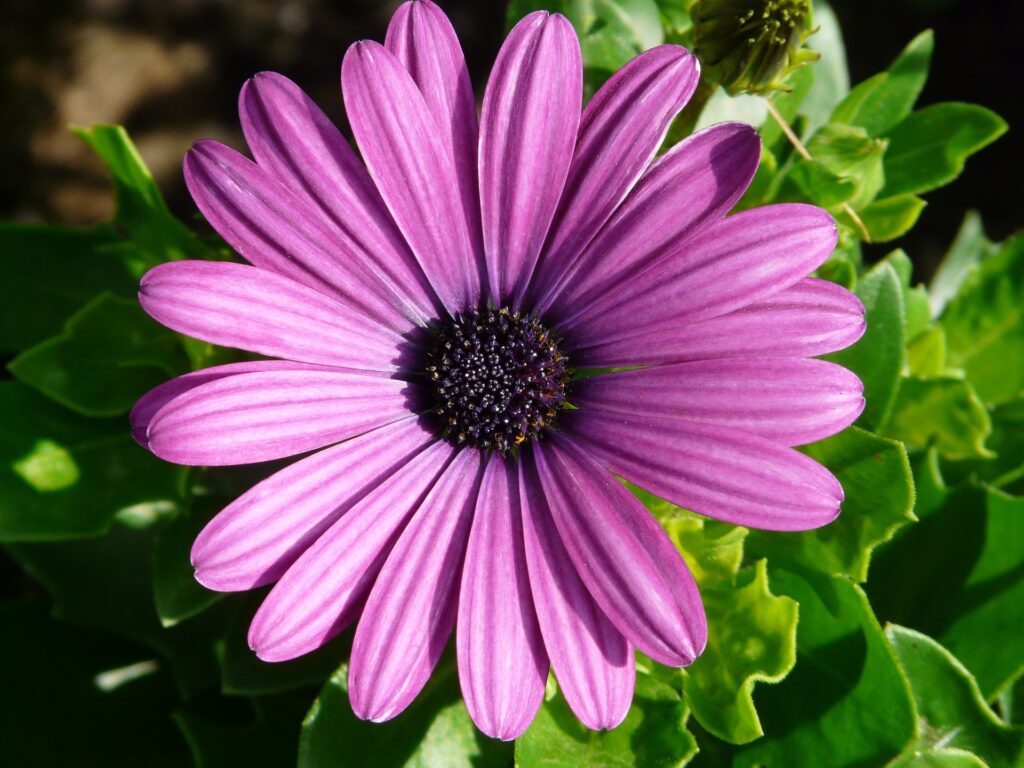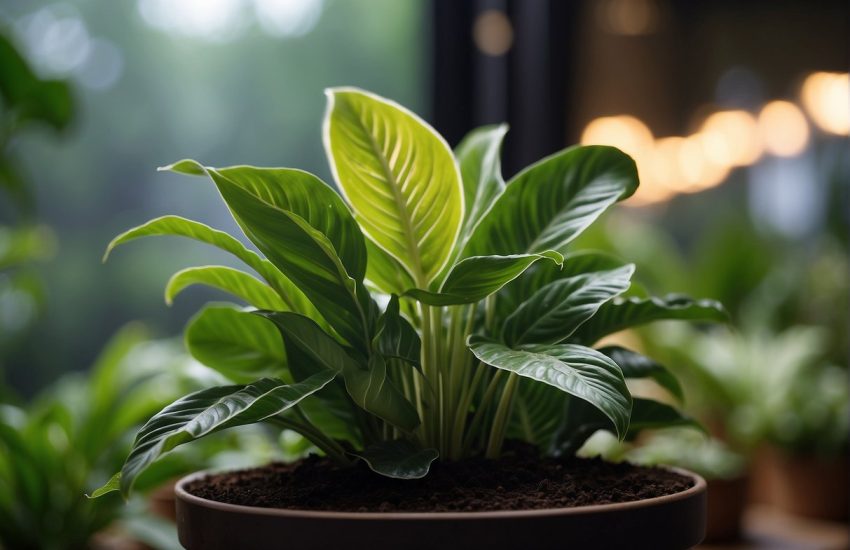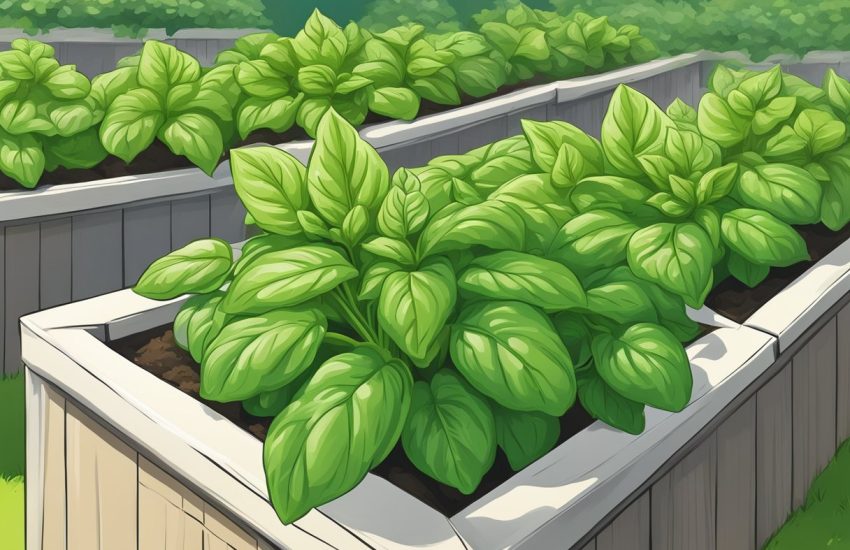African Daisy: How to grow and care
African daisies are lovely little flowers that many like to keep as houseplants because they add such a bright and cheerful touch to any room. They come in all colors, from the coveted white Daisy to reds and blues, until you find shades of pink. There is no end to the variety of these colorful flowers!
If you’re thinking about growing your African Daisy, it’s worth watching our tutorial to see how easy this plant can be grown by following these simple guidelines.

What do African Daisies(Osteospermum spp.) look like?
African daisies (Osteospermum spp.) have petals that radiate out from a central disc, similar to ordinary daisies. They belong to the same family as zinnias and Shasta daisies, the Asteraceae. However, their vibrant color is nothing like the traditional Daisy. Several consumers believed African daisies must have been colored when they were initially brought on the market. Even the flower’s core discs can have the appearance of being painted with metallic paint. Like a conventional daisy, petals may be smooth and flat or radiate out in the form of a tubular spoon. The leaves can be lance-shaped or widely oval, smooth, toothed, or lobed, depending on the cultivar.
African daisies are perennial, cold-hardy, and easy to grow. They are native to tropical Africa and can be found in most areas of the world that receive a lot of sun, except the dry areas of central Europe and Australia. African daisies are commonly grown as lawn or border plants in the Southern United States.
These flowers grow rather quickly, flowering around two months after emerging from seeds, and are best planted in the spring once the risk of frost has gone. These delicate perennials, which are reliably hardy in zones 10 to 11, are grown as annuals in other temperate zones. The majority of African daisies marketed in the marketplace are cultivars and hybrids developed from O. ecklonis, O. jucundum, and a few other species, despite the fact that the genus has more than 70 species.
See Also: Petunias Plant, Grow and Care
African Daisy care
Whether planted in the ground or in containers, African daisies thrive. In late summer to early fall and again in late summer to early spring, blooms are at their height. African daisies are best cultivated in conjunction with other plants that will have a visual attraction in the height of summer because they cease flowering during hot periods. Within their hardiness zones, African daisies will return each year as they are perennials. Take cuttings in colder climates before the first frost to propagate new plants indoors during the winter.
When cultivated in a setting they enjoy, these flowers require relatively little upkeep. Make sure the soil has adequate drainage and receives a lot of sun. Plan to consistently water and fertilize during the growth season (spring to fall). In order to promote reblooming, you should also deadhead the plants (remove the wasted flowers).
Planting of African Daisy
Soil requirements
African daisies favor soil that is rich in organic matter, has excellent drainage, and has a pH that is somewhat acidic. When planting, add compost or other organic matter to the soil to enhance drainage and supply nutrients. Some types may grow up to approximately 12 inches wide, so plant them at least 12 inches apart to allow for spreading.
Light requirements of African Daisy
In bright sunlight, African daisies flower best. They can withstand some shade, but they’ll probably have fewer blooms as a result. The flowers often respond to light by opening, and they tend to close at night and during cloudy conditions. Some more recent cultivars, such as “4D Pink,” “4D Silver,” and “4D Berry,” stay open late.
Water requirements of African Daisy
Even after being established, African daisies still require at least 1 inch of water every week to develop to their full potential. The plants will slow down and enter a dormant state during times of drought or extreme heat. The soil should be kept equally wet. But be careful not to overwater, as moist soil might promote illnesses like root rot.
Temperature and Humidity requirements
The time of year when African daisies bloom most abundantly is when the weather is moderate. Although frost will harm or kill them, they can withstand overnight lows of roughly 40 degrees Fahrenheit. For the most part, they don’t have a problem with humidity as long as they have excellent air circulation, appropriate watering, and good soil drainage.
Fertilizer needed for African Daisy
African Daisies need a lot of nourishment for optimal growth and blooming. Apply a slow-release fertilizer with a formula like 6-10-4. Spread the fertilizer around the plant. Fertilize two weeks after planting in late winter or early spring and once a month afterward.
Types of African Daisy
Osteospermum ‘Passion Mix’
This little plant grows to a height of about a foot and has flowers that are different shades of pink, purple, rose, and white with blue centers. This type is well renowned for its ability to withstand heat and is simple to cultivate from seed.
Osteospermum “4D”
Despite the heat, these blooms are known for their fluffy, tufted centers and stay open all day. The plants may reach a height of 14 inches.
Osteospermum “FlowerPower Spider White”
This variety of this plant produces flowers with unusual, spoon-shaped white and lavender petals with a gold center. The plants reach a height of around 14 inches.
Osteospermum ‘Lemon Symphony’
The butter-yellow petals of this plant feature an orange eye and a purple core. This cultivar reaches a height of 14 inches.
Osteospermum “Pink Sugar”
It has petals that are pink and orange that lead to a gold center. This variety gets up to a height of 10 inches.
Osteospermum “Ravers Hearts and Tarts”
This variety grows to a height of approximately 12 inches and features orange and pink blooms.
Osteospermum ‘Sideshow Copper Apricot’
The stunning light apricot blooms of the Osteospermum ‘Sideshow Copper Apricot’ variety have a purple disc in the center. It may reach a height of 12 inches.
Osteospermum ‘Soprano White’
The flowers of Osteospermum ‘Soprano White’ are white with a blue core that is surrounded by purple and yellow. It may reach a height of 14 inches.
Propagating African Daisies
The majority of African daisy kinds are hybrids, thus seeds collected from the plants won’t produce genuine offspring. However, you may easily spread your plants by taking cuttings. The plant may also overwinter successfully in this manner outside of its hardiness zones. To accomplish this:
First, put a sterile seed-starting mixture onto a shallow tray. gently dampen the mixture.
Next, use a sharp knife to take 7-inch cuttings from the end of a hearty African daisy variety.
Push the cuttings into the moistened seed-starting mixture until only two inches of them show above ground level.
Place the tray somewhere with bright indirect light and temperatures between 60 and 68 degrees Fahrenheit. Cover the tray with a plastic dome.
The plants should be well-rooted enough to be transplanted into separate pots filled with potting soil or into an outdoor garden area in four to six weeks.
How to grow African Daisy from seeds
You might be able to get seeds for some of the pure species kinds of African daisies, such as Osteospermum ecklonis, but the hybrids offered in garden centers are typically not easily accessible as seeds. How to start the plants from seeds is as follows:
Directly plant the seeds in a container filled with regular potting soil eight to ten weeks before the last winter or spring frost. Cover the seeds very loosely (light is necessary for the seeds to germinate). Till they begin to sprout, keep the seeds wet. Up to the time for outdoor planting, the seedlings should be grown in bright indirect light. Before putting indoor-started plants outside, they should be hardened off for a full two weeks. As soon as possible after planting, pinch back the seedlings to promote bushier growth.
Common pests and African Daisy diseases
If the plants are kept stress-free in the appropriate habitat, there aren’t many pests or illnesses that harm African daisies. Be alert for fungus issues, though, in moist or humid environments. 2 These issues will show up as damaged or discolored foliage. If required, use a fungicide and work to increase the airflow around your plant, which can help prevent fungal illnesses.
Whiteflies and aphids are two common plant pests that can cause trouble, especially for stressed plants.
However, if discovered early enough, they can be managed with an insecticidal soap or chemical spray.
How to get African Daisies to Bloom
Most of the time, African daisies don’t require much encouragement to bloom, but similar to many other flowering plants, routinely removing the wasted blooms will stimulate new blossoming. Reduced blooming can result from a number of factors:
Poor nutrition:
Try increasing your plants’ feeding schedule to every two to three weeks if they aren’t blooming properly. Particularly in pots, plants need extra fertilizer.
If your plants don’t blossom as expected due to high heat or dryness, try shading them and giving them more water.
Insufficient light:
African daisies can usually take some shade, but too little sun will make the plants leggy and produce fewer blooms.
Conclusion
The beautiful African Daisy is a simple option for the flower garden. These annuals are attractive to bees, hummingbirds, and butterflies. There are many varieties of African daisies, including some with edible flowers such as Osteospermum ecklonis and edulis. Osteospermum can be grown in almost any plant bed and also makes a very nice houseplant. In addition to their beauty, African daisies are easy to grow and maintain in your yard. You can plant them directly in the ground or start them indoors if you live in colder regions where they won’t survive winter.
FAQS
1. Do African Daisy come back every year?
Within their hardiness zones, African daisies will return every year as they are perennials. Take cuttings in colder climates before the first frost to propagate new plants indoors during the winter. When cultivated in a setting they enjoy, these flowers require relatively little upkeep.
2. How large can an African Daisy grow?
This flower grows 1-3 feet tall and 1-2 feet broad. It has vivid hues of pink, purple, orange, yellow, white, or bi-color. African daisies grow well in full light and are hardy in USDA zones 9 to 11. These plants are popular choices for garden beds, borders, and containers.
3. Can African daisies be grown easily?
A simple-to-grow annual flower with 50 different variations is the African Daisy. It comes from South Africa. The plant expands rapidly. You’ll receive your first flowers from growing African daisies in approximately 50 to 60 days.
4. Do African daisies rebloom?
Osteospermum can withstand full sun and prefers strong light throughout cultivation. The blooms close at night and open again the next day. Although the spring is when the plant blooms most, it will also bloom again in the summer and winter.
5. What vegetation complements African daisies?
The best-looking African daisies are those that are planted in masses or groupings and may be framed with annual verbena, dusty miller, or ageratum. Flowers in pots work really well with osteospermum.


